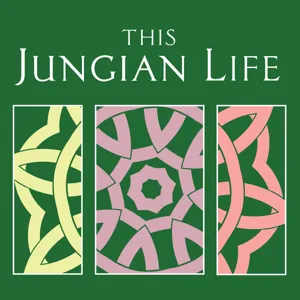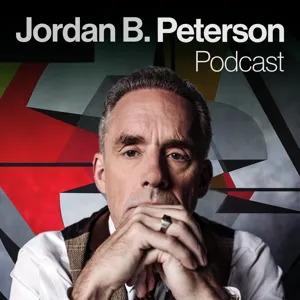ARCHETYPAL IMAGES: the soul's language

Thomas Singer, M.D., Jungian Analyst and president of The Archive for Research in Archetypal Symbolism joins us to decipher Archetypal Images and explain the essential role of A.R.A.S. in collecting and curating them.
Archetypes, as cosmic blueprints, dictate universal patterns of the collective unconscious, transcending personal experiences and cultural variations. They mold our thoughts, emotions, and behaviors. Archetypal images are their visible expressions, emerging in dreams, myths, and cultural narratives, providing a visual language linking psyche to self. They adapt and evolve across cultural contexts.
Archetypal theory traces back to Plato's theory of Forms, which proposed transcendental ideals, or "arkhetypos" (first-molded), as the pure essence behind physical manifestations. The Swiss psychiatrist CG Jung linked these archetypes to the collective unconscious, profoundly influencing our experiences.
Archetypal images carry universal resonance, stirring deep recognition within us. Iconic images, on the other hand, reflect temporal cultural dominants. Archetypal imagery identification involves recognizing recurring symbolic patterns with deep cultural or psychological significance.
In the therapeutic relationship, archetypal imagery offers a stage for the drama of the unconscious. The analyst’s role includes identifying the universal patterns in the analysand's dreams and fantasies. Interpreting these influences can free the analysand from the grip of debilitating complexes.
Archetypal images are also prominent in culture and commerce, shaping narratives and influencing behavior. They find use in brand narratives, films, religious and spiritual traditions, and even political leaders' narratives. However, they can both inspire and manipulate, highlighting the need for discernment and critical awareness.
Archetypal imagery also aids in expressing complex emotions and experiences. Expressions such as "Pandora’s box," "Siren’s call," and "Promethean knowledge" exemplify this influence on language and culture.
A.R.A.S. (www.ARAS.org) was initially assembled by Olga Froebe-Kapteyn, who collected illustrations of ancient symbolic artifacts at her estate on Lake Maggiore in southern Switzerland. These images illustrated the annual meetings of the Eranos Society, conducted by Froebe-Kapteyn from 1933, with participation from renowned scholars such as Heinrich Zimmer, Károly Kerényi, Mircea Eliade, C.G. Jung, Erich Neumann, Gilles Quispel, Gershom Scholem, Henry Corbin, Adolf Portmann, Herbert Read, Max Knoll, and Joseph Campbell.
In 1946, Froebe-Kapteyn donated her collection to the Warburg Institute in London, with duplicates given to the C.G. Jung Institute in Zurich and the Bollingen Foundation in New York. Jessie E. Fraser, librarian of the Analytical Psychology Club of New York, expanded the archive beyond its original scope, leading to the creation of the Archive for Research in Archetypal Symbolism. The collection was acquired by the C.G. Jung Foundation of New York and copies were also kept at the C.G. Jung Institutes in San Francisco and Los Angeles.
HERE’S THE DREAM WE ANALYZE:
“I was walking down a scenic nature trail and felt awed at the sight of ducklings and their mother in a tree. Then a great owl swooped down and snatched the ducklings from their mother, flew to a nearby tree, and started gorging them while the mother could only stare in horror.”
BECOME A DREAM INTERPRETER: We’ve created DREAM SCHOOL to teach others how to work with their dreams. A vibrant community has constellated around this mission, and we think you’ll love it. Check it out.
PLEASE GIVE US A HAND: Hey folks -- We need your help. So please BECOME OUR PATRON and keep This Jungian Life podcast up and running.
SHARE YOUR DREAM WITH US: SUBMIT YOUR DREAM HERE for a possible podcast interpretation.
